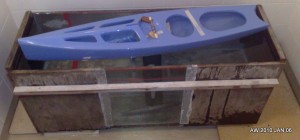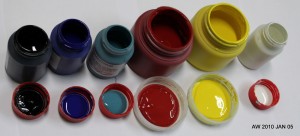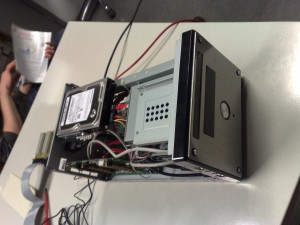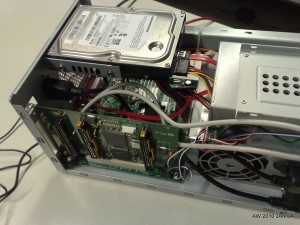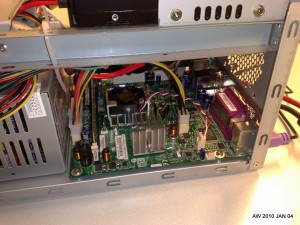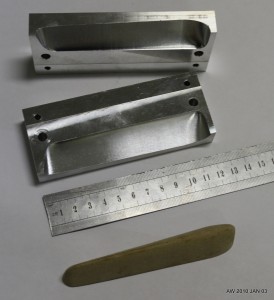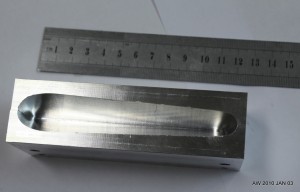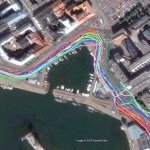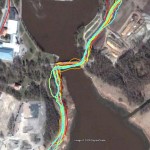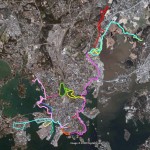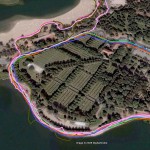The PIKANTO is designed with a hull-depth very close to the maximum 60 mm permitted by the rules. Just to make sure we put our first hull in a tank today and looked at the depth. The hull weighs 600 g, so with a 2500 g fin/bulb combination and a 55 g rudder we added roughly 900 g of ballast to get just above the minimum weight of 4000 g. The measured hull-depth is very close to the design depth of ~59 mm.
No problems with the hull depth! Production will likely continue on Saturday.
